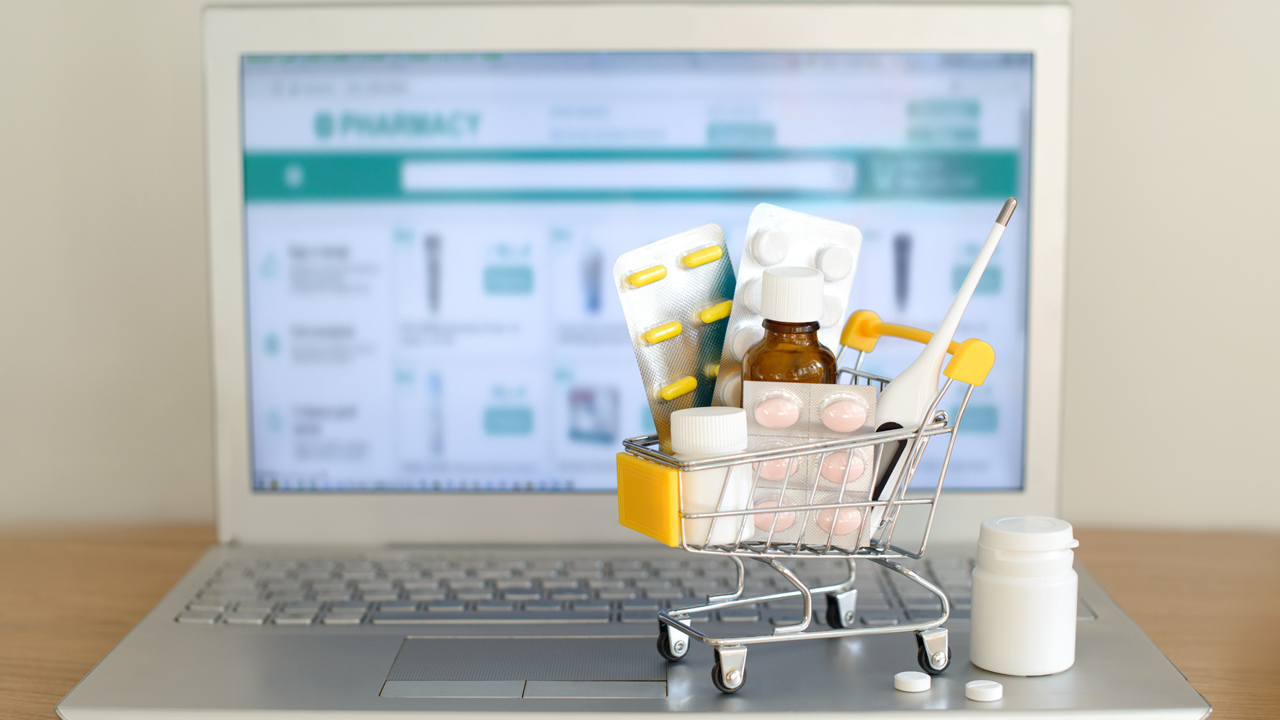In Analysis
Follow this topic
Bookmark
Record learning outcomes
Recent figures regarding mail-order or distance selling pharmacies make for sobering reading for community pharmacists.
Collectively, mail-order pharmacies now dispense almost 3 million items per month and the two largest mail-order companies are growing at 11-12 per cent on an annualised basis.1 When you consider that prescription volume for the sector overall has only increased by 3 per cent from 2021-22 to 2022-232, it is clear mail-order firms are outperforming the market average – and the data suggests this trend will continue.
As someone who now falls into the demographic that needs regular repeat medication, I can understand why mail-order pharmacies are proving so popular.
The traditional prescription collection process is incredibly time-consuming – something I never fully appreciated when I was on the other side of the counter. Making my repeat request to my surgery via the NHS App is straightforward;
the rest of the process less so.
The app tells me when the request has been approved but, from then on, I’m guessing when it will be received by the pharmacy, when it will be dispensed and when it will be ready for collection. Do I need to go to the pharmacy three or four days after approval? Can I get to the pharmacy before it closes? Will there be a queue? And then, because I am only issued one month’s supply at a time, the whole tedious process starts again in two-three weeks’ time. Convenient it is not, and you can start to see the appeal of getting your medication delivered by post.
Case study
Zia Ashraf of HMI Pharmacy in Preston, regarded his decision to invest in Pharmaself24 as fundamental to surviving a move away by local surgeries, while driving growth in his prescription business and income.
Faced with competition from five other local pharmacies, Zia knew he had to find a way to strengthen ties with patients by offering something that would differentiate his business and help it stand out from the crowd.
Zia installed the Pharmaself24 collection kiosk in 2018 with the clear goal of becoming the community’s 24-hour prescription drop-off and collection point. As a result prescription numbers and OTC sales are both up by 50 per cent – without the need to increase staff.
Better fit
Collection technology replaces the inconvenience of the existing collection process with something that fits better with patients’ busy lives. If my local pharmacy had technology such as a Pharmaself24, I would still order my medicines via the NHS App and then just wait for the text message telling me I can collect it at a time that’s convenient for me. As a patient, why would I choose to go anywhere else?
Yes, I have heard counter arguments against collection technology. Two common concerns are related to how it could, firstly, detract from the contact time pharmacists spend with their patients and, secondly, how it could also have a negative effect on ‘in-store’ sales.
I agree that every patient connection is a valuable chance to engage with them, but you can’t view this contact time in isolation. It has to be weighed up against the absolute need to find time to do all of the additional things that pharmacy teams want to do for their patients.
Pharmacy’s future success has always been dependent on the services that can be delivered over and above the central supply function – and key to delivering all of the other clinical services that a pharmacist wants to offer is time. This is where collection technology really comes into its own.
Counting the minutes
Let’s say it takes around three minutes on average to serve a patient collecting their prescription. Some bags are ready and on the correct shelf, which means you can serve someone in less than a minute. Others might have an owing, or the patient has come too early to collect, or the bag is on the wrong shelf. These cases can take much longer than three minutes to resolve.
As an example, the busiest Pharmaself24 in the UK has 1,000 patients collecting from it every week. That’s 1,000 people who don’t queue at the counter, 1,000 bags that don’t sit on a shelf, and 1,000 times a member of staff doesn’t have to hand out a bag. At two to three minutes time-saving per collection, you can see the benefits it brings in terms of freeing up valuable staff resources. Even if you only have 50 people a day collect from the Pharmaself24, you could free a couple of hours of staff time each day.
As for the argument about the impact on OTC sales, our customers have not reported any concerns. When a patient receives the text message to say their medicines are ready for collection from the Pharmaself24, they know they will be visiting the pharmacy in the next couple of days and that they can buy their OTC supplies after they have collected their medication. They are already at the pharmacy and there is no queue inside, so overall it is a much quicker and more pleasant purchasing experience.
As a frontline community pharmacist in the early part of my career, and more recently in my role selling the Pharmaself24 collection point, I’ve seen first-hand how automation can transform the workflow in a community pharmacy.
References
- Pharmdata, accessed September 2023
- NHS Business Services Authority
Gary Paragpuri is business development director at Omnicell International.
Have you invested in collection technology? Tell us at: pm@1530.com

